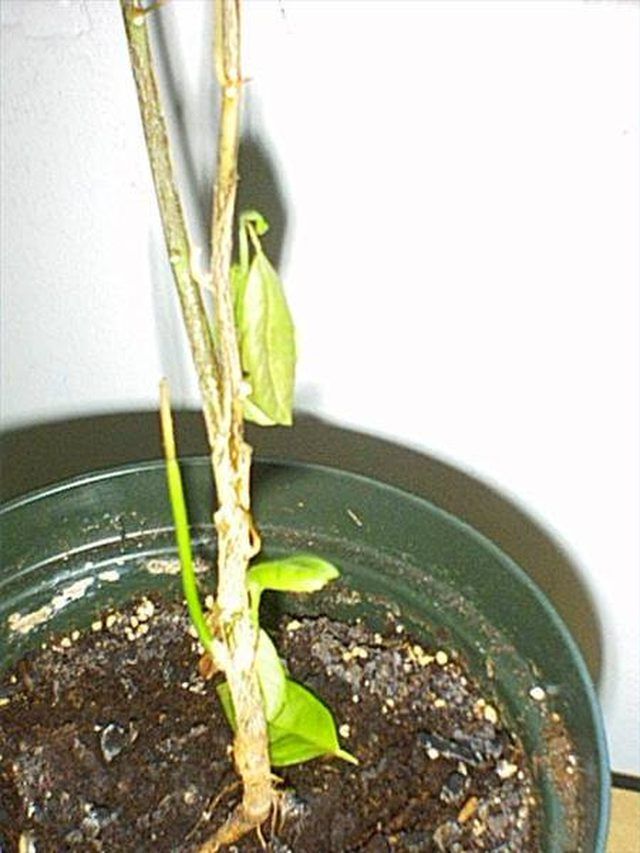Bulbs
Flower Basics
Flower Beds & Specialty Gardens
Flower Garden
Garden Furniture
Garden Gnomes
Garden Seeds
Garden Sheds
Garden Statues
Garden Tools & Supplies
Gardening Basics
Green & Organic
Groundcovers & Vines
Growing Annuals
Growing Basil
Growing Beans
Growing Berries
Growing Blueberries
Growing Cactus
Growing Corn
Growing Cotton
Growing Edibles
Growing Flowers
Growing Garlic
Growing Grapes
Growing Grass
Growing Herbs
Growing Jasmine
Growing Mint
Growing Mushrooms
Orchids
Growing Peanuts
Growing Perennials
Growing Plants
Growing Rosemary
Growing Roses
Growing Strawberries
Growing Sunflowers
Growing Thyme
Growing Tomatoes
Growing Tulips
Growing Vegetables
Herb Basics
Herb Garden
Indoor Growing
Landscaping Basics
Landscaping Patios
Landscaping Plants
Landscaping Shrubs
Landscaping Trees
Landscaping Walks & Pathways
Lawn Basics
Lawn Maintenance
Lawn Mowers
Lawn Ornaments
Lawn Planting
Lawn Tools
Outdoor Growing
Overall Landscape Planning
Pests, Weeds & Problems
Plant Basics
Rock Garden
Rose Garden
Shrubs
Soil
Specialty Gardens
Trees
Vegetable Garden
Yard Maintenance
How to Grow Key Lime Trees From Seed
How to Grow Key Lime Trees From Seed. Key lime trees are an excellent addition to any home gardener's repertoire: The white flowers that blossom are fragrant and produce small, thin-skinned limes that are sweeter than any Persian lime you could purchase in the supermarket. While a beginning gardener may have more luck purchasing a key lime tree...

Key lime trees are an excellent addition to any home gardener's repertoire: The white flowers that blossom are fragrant and produce small, thin-skinned limes that are sweeter than any Persian lime you could purchase in the supermarket. While a beginning gardener may have more luck purchasing a key lime tree that is at least two years old, an attentive, more experienced gardener can be rewarded by growing a key lime tree from seed. And because key lime seeds are poly embryonic, they will sprout more than one seedling from each seed.
Key lime trees do best in a Mediterranean climate, meaning they need consistent warmth and a lot of direct sunlight. If you do not live in these conditions and can't simulate them indoors, then it is not recommended that you grow key lime trees.
Things You'll Need
Key lime seed
6-inch diameter pot
Acidic soil
Nitrogen-rich citrus fertilizer
Fill the pot with soil. Make a hole with your index finger in the center of the potted soil, about an inch deep.
Put one key lime seed in the hole and cover it up with soil. Do not pack down the soil; merely cover the seed.
Water the seed and surrounding soil until water begins to seep out the bottom of the pot. Let the water drain; then place the pot on your sunniest, warmest windowsill.
Water the pot regularly, keeping the soil moist to barely dry. Do not let the soil get too dried out or too waterlogged, as key lime trees like moist, warm conditions with good drainage.
Continue tending your pots, and after about eight days, the seed should begin to sprout. Be prepared to wait up to two weeks before you see seedlings pushing up through the soil.
Purchase a citrus fertilizer that is high in nitrogen. Feed the plant according to the instructions on the label, as fertilizers vary based on brand and concentration of plant food.
Continue watering the plant regularly as it grows. When the trees begin to get stronger and appear to be inhibited by each other due to lack of space (growing in twisted or bent, or pressing up against each other), then gently pull out all but one of the trees and transplant them to 6-inch pots.